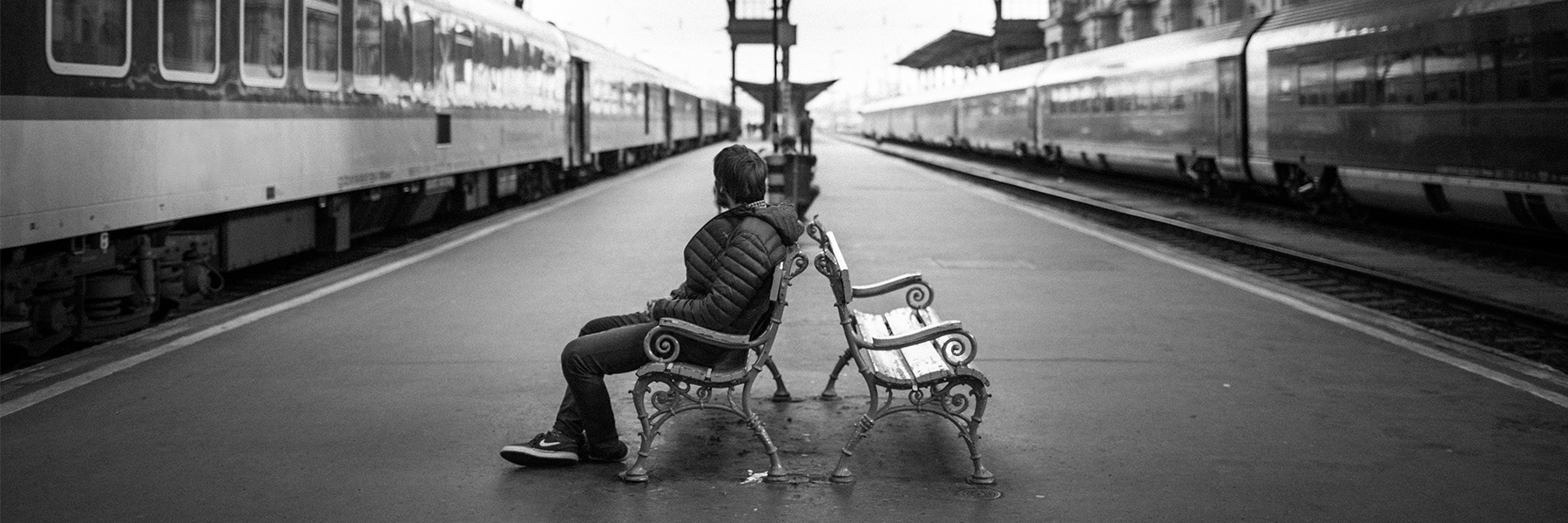You may be newly diagnosed, or you may have been living with MG for many years. You’re doing what’s right for you – following your doctor’s plan, getting enough rest, and discovering ways to cope with a long-term illness. But how do you explain myasthenia gravis to your family and friends? What do you say when someone asks, “Are you sure you’re ill? You look so good.” Or hear them say, “You just need to exercise more to get stronger.” Or “If you’d just lose some weight, you’d be able to do more.”
We all cringe just a little inside when those around us try and diminish what we know to be true – that we are living with a serious, difficult, tricky, and sometimes invisible disease.
There are many of us in the Northeast Ohio MGFA Support Groups who were struggling with how to educate our circle of family and friends as to what MG feels like for someone living with it every day.
One day I was struck with a thought about how to accomplish this task in a fun and interactive learning environment. I call it the MG Experience.
I first rolled it out at a June Awareness MGFA fundraising Bar-B-Que. I created eight different stations. Each station concentrated on a different aspect of MG. At the ticket window, every participant was given an MG Awareness lanyard with a train ticket attached, and 10 “coins” to spend at each station. Utilizing Granny Bev Nason’s poem A Pocket Full of Nickels, each person had to use the coins at the stations along the way and if they ran out, they could earn more by resting. This beginning exercise was to demonstrate how we expend our limited energy on tasks throughout the day and get it back by resting.
Next the participants followed “train tracks” which took them to each station in order:
Station One – Arms
At this station, each person was given a set of small plastic cups to stack and unstack. First, they did it normally, then with weights attached to their hands. It’s definitely harder when using the weights and demonstrates what it feels like to have weak muscles in hands and arms.
Station Two – Legs
Here there were two tasks. The first one had participants stepping up on a small stool. Then after attaching ankle weights, they had to step up and down again. The second task involved walking against a resistance band. Both of these tasks demonstrated what it feels like to have weak leg muscles.
Station Three – Eyes
Here again there were two tasks. At the first one, participants held up a pair of glasses over their eyes. The glasses simulated what it feels like to have ptosis (droopy eyelids). Next, each person was asked to read a paragraph that simulated double vision. They could also use the glasses AND try and read the doubled copy for the full MG effect.
Station Four – Breathing
Each participant was given a disposable smoothie straw. Placing it in their mouth, they were asked to hold their nose and breathe through the straw. Next, each person took a cotton ball and taped it to the bottom of straw to hold the ball in place. Then, they tried to breathe through the straw again noticing how difficult it was to get air in. This simulated the feeling of a weakened diaphragm and the difficulty some MG patients have in breathing.
A second activity for breathing involved wearing a weighted vest and noticing how difficult it was to breathe against the weight, again simulating the weakness of the diaphragm muscle in someone with MG.
Station Five – Chewing
Perhaps the most popular station. Each participant was given a mini marshmallow and told to chew and swallow as normal. Then each person was given a s’more sized (super large) marshmallow and was told to put the whole thing in their mouth and try and chew. This simulated the difference between a normal person’s ability to chew and what it feels like with weakened jaw muscles.
Station Six – Neuromuscular Junction
This station involved a game of catch with a hook and loop mitt and a fuzzy bean bag labeled ACh that represented acetylcholine. One of the mitts was labeled “Nerve” and the other “Muscle”. During the first game of catch, the acetylcholine bag was tossed and caught easily between the nerve the muscle. Next, a new set of mitts were given the participant. This time, sections of the mitts were blocked by AChR antibodies, MuSK antibodies, RAPsyn on the muscle side and Choline Acetyltransferase (CHAT) and Voltage Calcium or Potassium Channel blockers (VGCC and VGKC) on the nerve side. The game was played again, only this time it was very hard to catch the ACh bag as many sites within the mitts were blocked. This simulated what is happening within the neuro-muscular junction, also known as the connection between the nerve and muscle for a person with MG.
Station Seven – Navigation
Each participant was asked to navigate a walker through a series of varying surfaces, levels, and turns. How did it feel to try and walk over concrete, gravel, grass, or carpeting? They were asked to notice which surface was hardest and which was the easiest to travel over.
Station Eight – Remember
Each participant was given a small rock and allowed to decorate it in a way that would allow them to remember their MG Experience. They got to take the rock with them to serve as a reminder of the MG patients who always carry the weight of this disease with them.
Want to try this at home or within your community? Well, now you can. This MG Experience is available as a free pdf download with printable instructions so you can share the MG experience with your family, friends, and the community at large. Just click here, download, and print.

